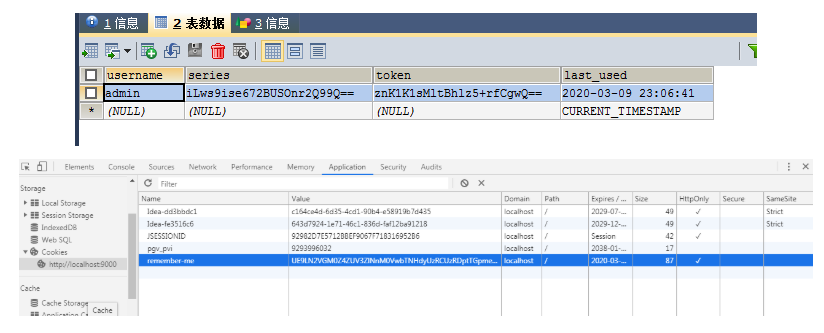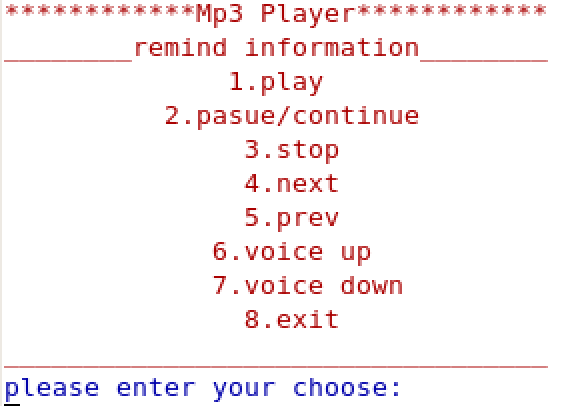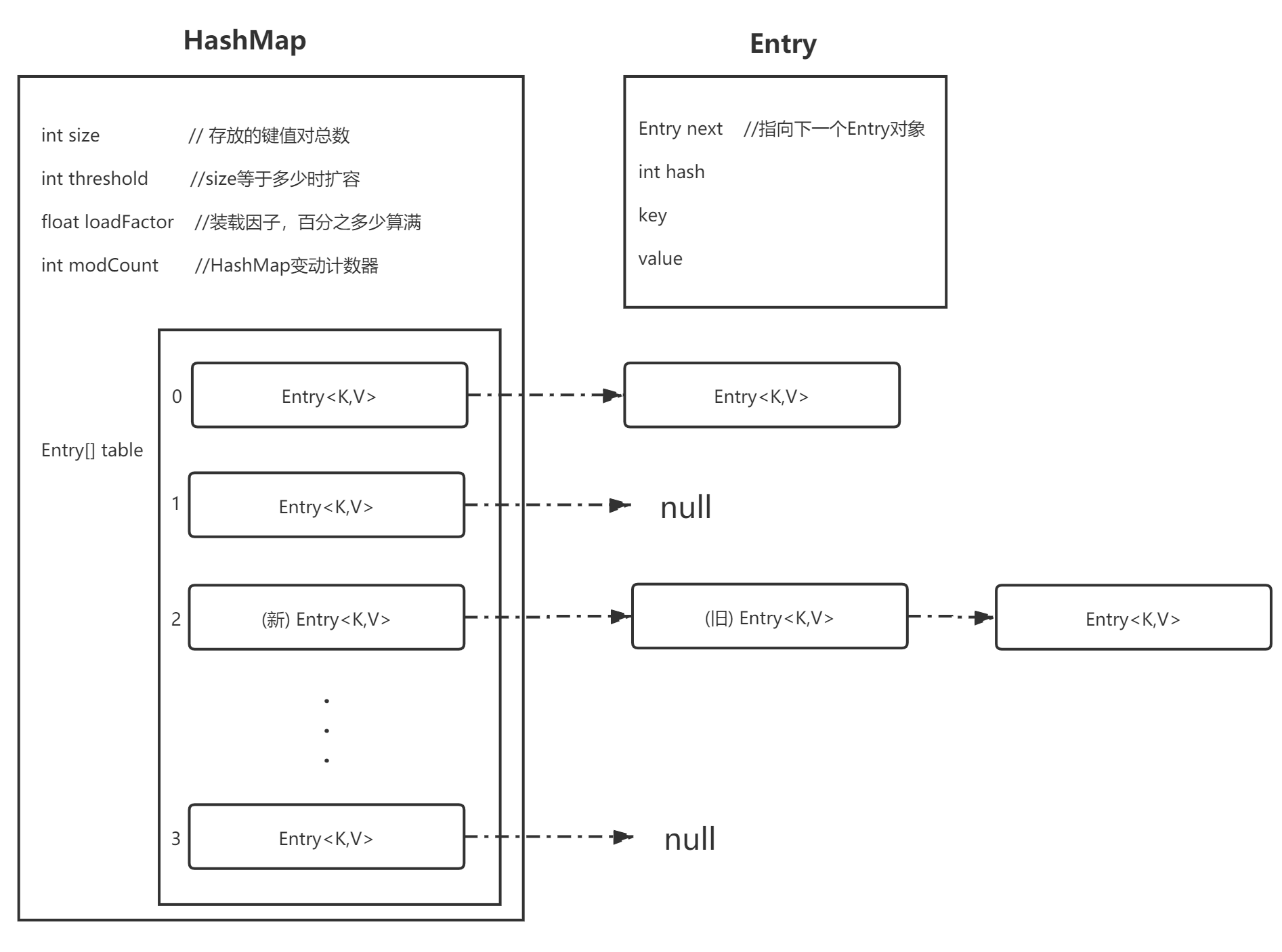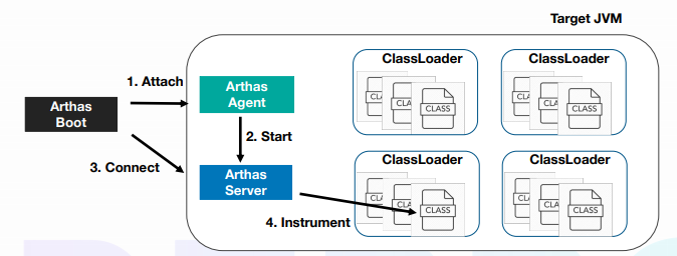NSString 使用方法
1.创建对象
<1>便利构造器法
NSString *str1 = [NSString stringWithFormat:@”iPhone”];
<2>初始化构造方法
NSString *str2 = [[NSString alloc] initWithFormat:@”iPhone”];
2.求字符串长度
NSUInteger length = \[str1 length\];NSLog(@"length = %lu", length);
3.获取字符串中的某个字符
unichar ch = \[str1 characterAtIndex:6\];NSLog(@"%c", ch);
4.判断是否以指定的字符串开头或者以指定的字符串结尾
初始化一个字符串str4NSString \*str4 = \[\[NSStringalloc\] initWithFormat:@"http://www.souhu.com"\];判断是否以http开头BOOL isPrefix = \[str4 hasPrefix:@"http"\];NSLog(@"isPrefix = %d", isPrefix);判断是否以com结尾BOOL isSuffix = \[str4 hasSuffix:@"com"\];NSLog(@"isSuffix = %d", isSuffix);查找指定字符串com的范围NSRange range = \[str4 rangeOfString:@"com"\];NSLog(@"%@", NSStringFromRange(range));输出为\{17,3\}.因为字符c下标为17, com的大小为3
5.字符串的截取
1>获取给定下标之后后的字串,包含指定下标对应的字符.NSString \*str5 =\[NSString stringWithFormat:@"lanouisabigcompany"\];NSString \*subString1 = \[str5 substringFromIndex:5\];NSLog(@"%@", subString1);输出为:isabigcompany 注意包含从下标5开始的字符: **i**
2>获取给定下标之前的子串,从下标为1开始,但是不包括指定下标对应的字符.NSString \*substring2 = \[str5 substringToIndex:1\];NSLog(@"%@", substring2);输出为:l 注意不包含开始的下标1的字符3>获取指定范围内的子串.NSString \* substring3 = \[str5 substringWithRange:NSMakeRange(0, 5)\];NSLog(@"%@", substring3);输出结果为:lanoui
7 . 字符串拼接
NSString \*str1 = \[NSString stringWithFormat:@"lanou"\]; //初始化拼接"hennan"NSString \*substring1 = \[str1 stringByAppendingString:@"henan"\];NSLog(@"substring = %@", substring1);输出结果为:lanouhenanstringByAppendingFormat可以添加格式NSString \*substring2 = \[str1 stringByAppendingFormat:@"henan%dban",9\];NSLog(@"sunstring2 = %@", substring2);输出结果为:lanouhenan9banNSString \*substring3 = \[str1stringByAppendingFormat:@"%@", str1\];NSLog(@"sunstring3 = %@", substring3);输出结果为:lanoulanou
替换字符串
将ou替换为牛逼
NSString \*str1 = \[NSString stringWithFormat:@"lanououououoooo"\];NSString \*str = \[str1 stringByReplacingOccurrencesOfString:@"ou"withString:@"牛逼"\];NSLog(@"str1 = %@", str);输出结果为:lan牛逼牛逼牛逼牛逼oooo
将第一个ou替换为牛逼(替换某个区域的字符串)NSMakeRange快速创建一个结构体NSString \*strr = \[str1 stringByReplacingCharactersInRange:NSMakeRange(3, 2) withString:@"牛逼"\];NSLog(@"strr = %@", strr);输出结果:lan牛逼ouououoooo 注意:3是开始的下标,2是范围
9 .字符串比较(重点)
<1> NSComparisonResult result = \[@"319"compare:@"311"\];NSLog(@"result = %ld", result);result = 1 (因为319 > 311)<2> NSComparisonResult result = \[@"319"compare:@"319"\];NSLog(@"result = %ld", result);result = 0 (因为319 = 311)<3> NSComparisonResult result = \[@"318"compare:@"319"\];NSLog(@"result = %ld", result);result = -1 (因为318=<311)
10.字符串与数值类型转换
int value = \[@"1a23bbb" intValue\];NSLog(@"%d", value);结果为:1从第一个字符开始,如果在遇到除空格之外的字符时,将空格忽略掉,继续往下找,直到遇到非数字时结束
11.数字转为字符串对象
NSString \*str = \[NSString stringWithFormat:@"%d",9\];NSLog(@"str = %@", str);结果为:9
12.大小写转换操作
将@"lan OU"全部转为大写NSString \*upper = \[@"lan OU" uppercaseString\];NSLog(@"upper = %@", upper);结果为:LAN OU将@"lan OU"全部转为小写NSString \*lower = \[@"lan OU" lowercaseString\];NSLog(@"lower = %@", lower);结果为:lan ou将@"lan OU"每个单词的首字母大写NSString \*shou = \[@"lan OU" capitalizedString\];NSLog(@"shou = %@", shou);结果:Lan Ou
//待续………….



































还没有评论,来说两句吧...